Barcelona, in the Catalonia region of Spain, is characterized by many distinctive buildings and parks that can't be found anywhere else in the world. One of the most iconic buildings is the Sagrada Familia church, the "Holy Family" church. It started construction in 1882 and architect Antoni Gaudi (1852-1926) took over in 1883. The cathedral has been under construction ever since. The property attests to the peoples' exceptional efforts and to their century-old values in terms of the building's grand scale and delicate decoration.
Gaudi believed that the beauty of nature should be featured in buildings. With that in mind, he led the development of architecture in the 19th century. Among his works are six properties listed as UNESCO World Cultural Heritage sites, in addition to the Sagrada Familia: Park Güell, Palau Güell, Casa Milà, Casa Vicens, Casa Batlló and the Church of Colònia Güell. Ever since, no other works of architecture or any individual have had such a record.
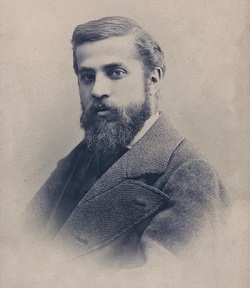 The Seoul Arts Center recently announced that it will unveil a special exhibition dedicated to Gaudi starting on July 31. The exhibition will take visitors on a journey into the world of cultural heritage that Gaudi left behind for future generations. It offers an opportunity to explore how he was turned into a symbol of 20th century architecture and of the arts. Personal records and other works are being opened to the public for the first time, allowing a glimpse into his working style.
The Seoul Arts Center recently announced that it will unveil a special exhibition dedicated to Gaudi starting on July 31. The exhibition will take visitors on a journey into the world of cultural heritage that Gaudi left behind for future generations. It offers an opportunity to explore how he was turned into a symbol of 20th century architecture and of the arts. Personal records and other works are being opened to the public for the first time, allowing a glimpse into his working style.
The exhibition sheds a spotlight on him as an architect and as a scientist, bringing his original floor plans, drawings, photographs taken during his lifetime, miniature models and furniture to Seoul. There will also be on display examples of his trencadís, a type of mosaic created from broken tile shards. One of the highlights is the secrets of the Sagrada Familia. The exhibition showcases century-old photographs, floor plans, sketches and miniature models for the church, offering a chance to explore its basic structure.
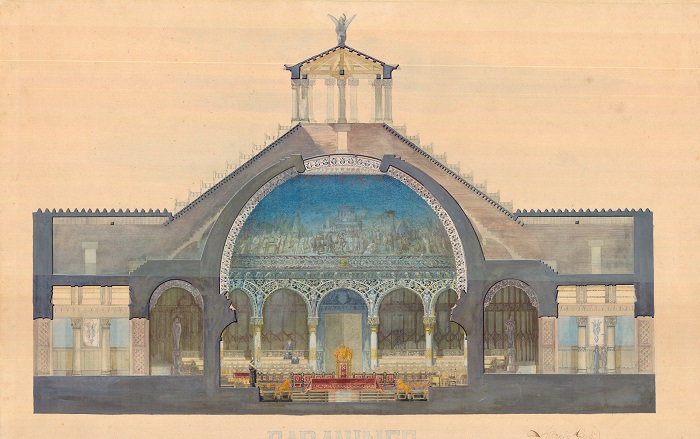
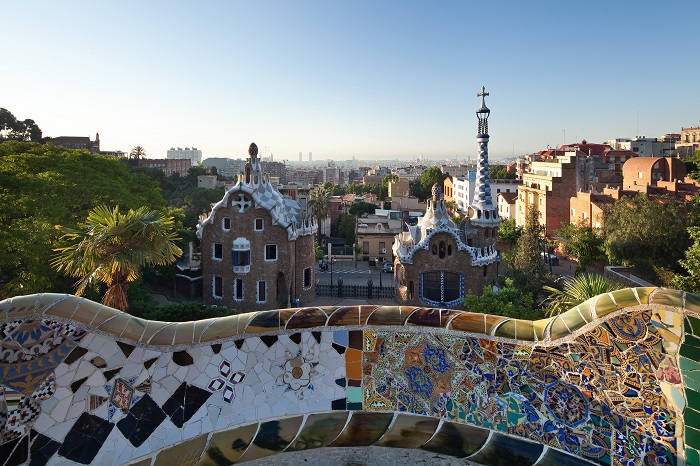
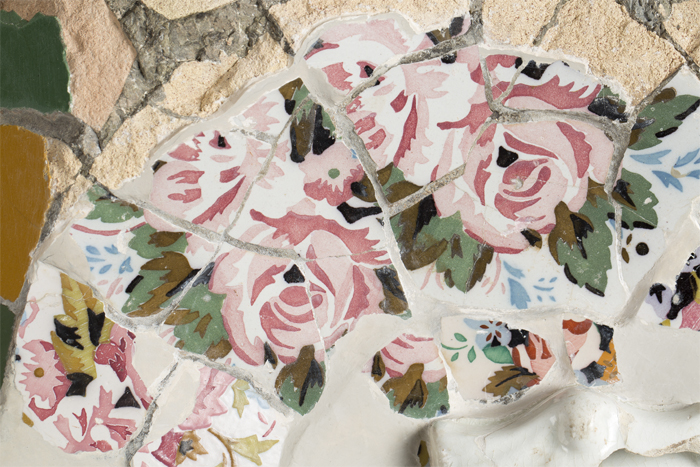
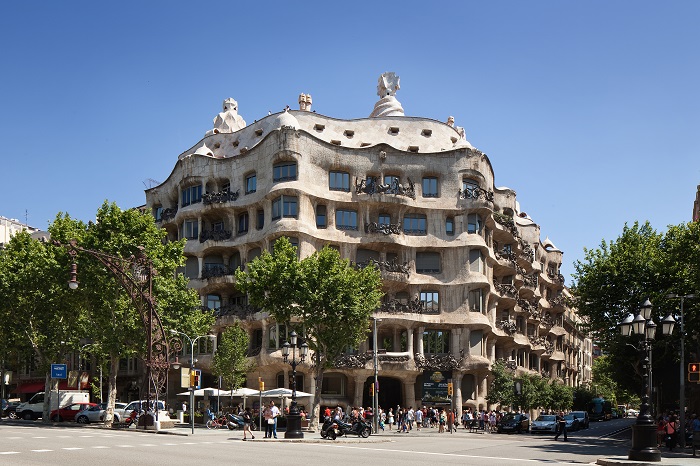
Finally, a special section at the exhibition is dedicated to Spanish painter Joan Miro (1893-1983), whose works were mostly inspired by Gaudi. Miro's works that are reminiscent of Gaudi's trencadís tile works are on display.
The exhibition continues until Nov. 1.
For more information, please visit the exhibition's official website.
http://antonigaudi.co.kr
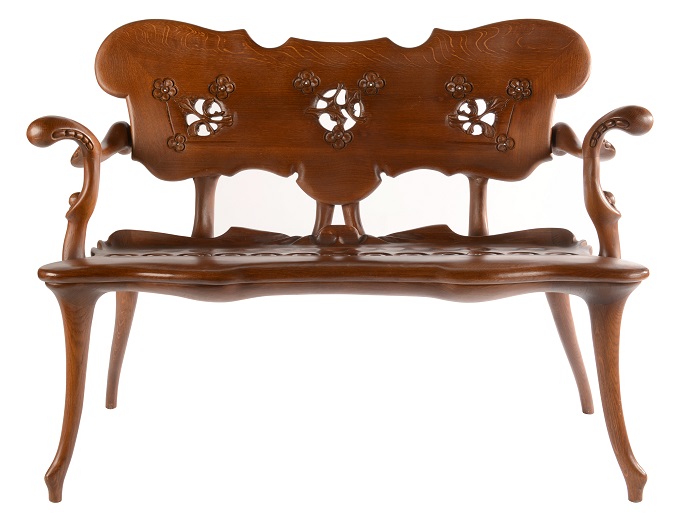
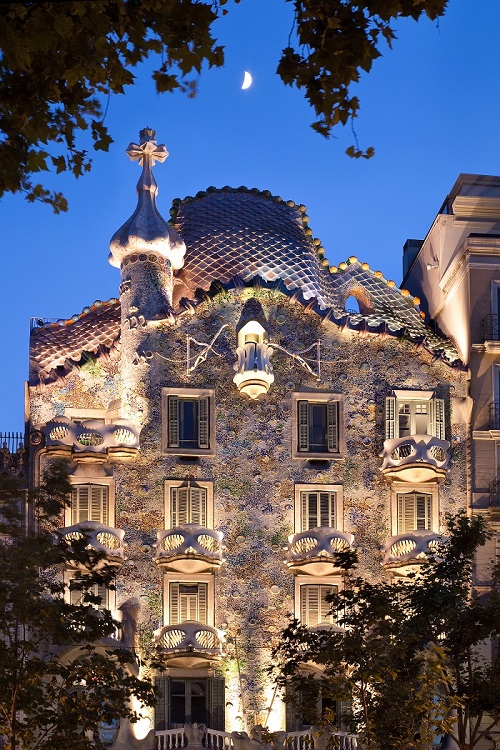
By Lee Seung-ah
Korea.net Staff Writer
photos: CCOC
slee27@korea.kr
Gaudi believed that the beauty of nature should be featured in buildings. With that in mind, he led the development of architecture in the 19th century. Among his works are six properties listed as UNESCO World Cultural Heritage sites, in addition to the Sagrada Familia: Park Güell, Palau Güell, Casa Milà, Casa Vicens, Casa Batlló and the Church of Colònia Güell. Ever since, no other works of architecture or any individual have had such a record.

Antoni Gaudi (1852-1926)
The exhibition sheds a spotlight on him as an architect and as a scientist, bringing his original floor plans, drawings, photographs taken during his lifetime, miniature models and furniture to Seoul. There will also be on display examples of his trencadís, a type of mosaic created from broken tile shards. One of the highlights is the secrets of the Sagrada Familia. The exhibition showcases century-old photographs, floor plans, sketches and miniature models for the church, offering a chance to explore its basic structure.

A floor plan for an assembly hall at a university was drawn by Gaudi during his university years. (photo: Catedra Gaudi)

Park Güell is one of Gaudi's most innovative works. (photo: Yoon, Joonhwan)

Trencadís mosaics can be found in the sculptures of Park Güell.

Casa Milà is one of Gaudi's most famous works. It was built in the Eixample district of Barceloa, a new city development project between 1898 and 1912. (photo: Yoon Joonhwan)
Finally, a special section at the exhibition is dedicated to Spanish painter Joan Miro (1893-1983), whose works were mostly inspired by Gaudi. Miro's works that are reminiscent of Gaudi's trencadís tile works are on display.
The exhibition continues until Nov. 1.
For more information, please visit the exhibition's official website.
http://antonigaudi.co.kr

An armchair designed by Gaudi for the director's office at the Casa Calvet is also on display at the exhibit in Seoul. (photo: Isabel Casanova, Catedra Gaudi)

Gaudi's Casa Batlló is in Barcelona. (photo: Yoon Joonhwan)
By Lee Seung-ah
Korea.net Staff Writer
photos: CCOC
slee27@korea.kr
